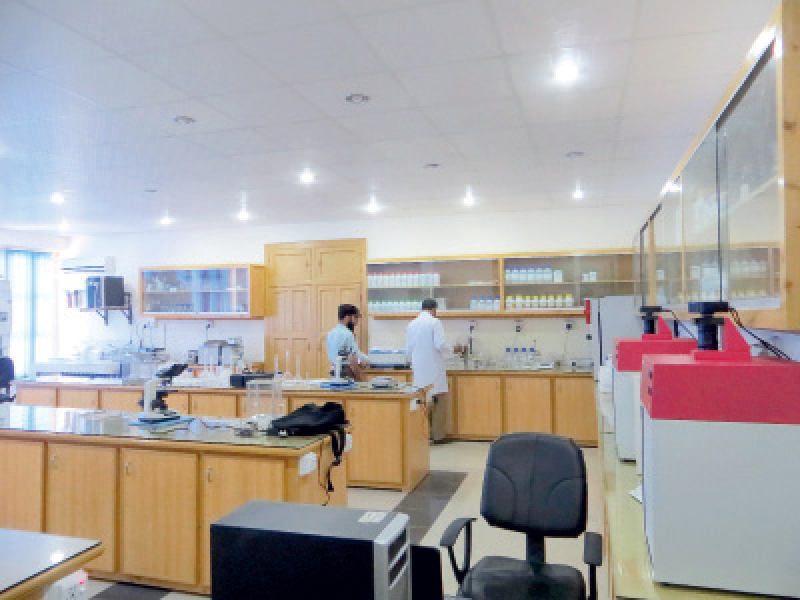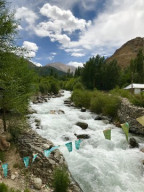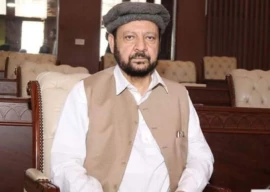
The Water Quality Testing Laboratory set up recently in Gilgit-Baltistan’s (G-B) Karakoram International University (KIU) is specifically designed to enable experts to examine water samples from far-flung valleys for contamination.
The laboratory was established through an Italian government’s project, Social Economic Environment Development (SEED), which funded the facility through non-profit association EV-K2-CNR. The association aims to promote scientific and technological research with particular emphasis on the Hindu Kush-Karakoram-Himalayan region.
The water testing facility is intended to assess water quality from villages surrounding Central Karakoram National Park (CKNP), the largest national park of the country.
CKNP covers a vast protected area, spreading over 1,000 square kilometres in G-B, with four out of seven districts – Ghanche, Skardu, Gilgit and Hunza – encompassing it. The largest source of freshwater in the CKNP is the glaciers, which cover almost 40% of the national park’s total area. The park also houses 60 peaks that rise 7,000 metres above sea level, with some of the world’s highest and most famous peaks including K-2.
According to estimates, over 90,000 villagers in 230 villages in the buffer zone of CKNP stand to benefit from the facility. Lab Administrator Maisoor Nafees, who is currently enrolled in a water resource management PhD programme at the KIU, said, “It is a wonderful laboratory which has the capability of testing water quality at international standards.”

The PhD student added the facility was established to serve poor communities of the region who have to endure hostile climate with little access to health facilities.
Under an agreement with the university, SEED has sponsored about 20 local students for PhD studies in various subjects, preparing a workforce to be utilised for the betterment of the environment in the future.
While nearly 60 water samples from villages including Bagrote and Haramosh among others have been tested since June, the laboratory’s management feels collection of water samples from source and their transportation to KIU is quite demanding.
The lab administrator admitted transferring water samples to the lab was a ‘tough job’ but said the team was able to complete it successfully, thanks to recent training workshops which were conducted in Gilgit and Skardu this month.
Nearly 80 members of the staff at the lab were trained in the workshop on how to collect and transport water samples from the source to the facility in Gilgit. A global positioning system is being used to document all areas from where water samples are to be collected to give shape to a comprehensive database.
The level of water contamination in the region is not worrying for the time being, however, the situation is likely to get aggravated if things remain as they are.
A survey conducted in 2011 suggested communities living in the 23 valleys around the park have a cattle headcount of over 400,000. Various academic researches on the topic contend cattle grazing is directly linked with degradation of water quality through microbial and nutrient pollution on public lands.
Technical representative of EV-K2-CNR, Arif Hussain, said the association is working closely with the local population to minimise losses to nature and its resources. “But with that we must also focus on improving health facilities in the area as residents are exposed to diseases for various reasons,” he added. He said this with regard to future plans for a region that is home to one of the highest infant mortality rates at 112 per 1,000 live births, with waterborne diseases a major cause.
“Today the CKNP is facing enormous conservation and sustainable development challenges of both local and global in nature,” said Hussain. “But the good thing is they are manageable.”
Published in The Express Tribune, December 8th, 2013.








1730886375-0/Untitled-design-(46)1730886375-0-270x192.webp)








COMMENTS
Comments are moderated and generally will be posted if they are on-topic and not abusive.
For more information, please see our Comments FAQ